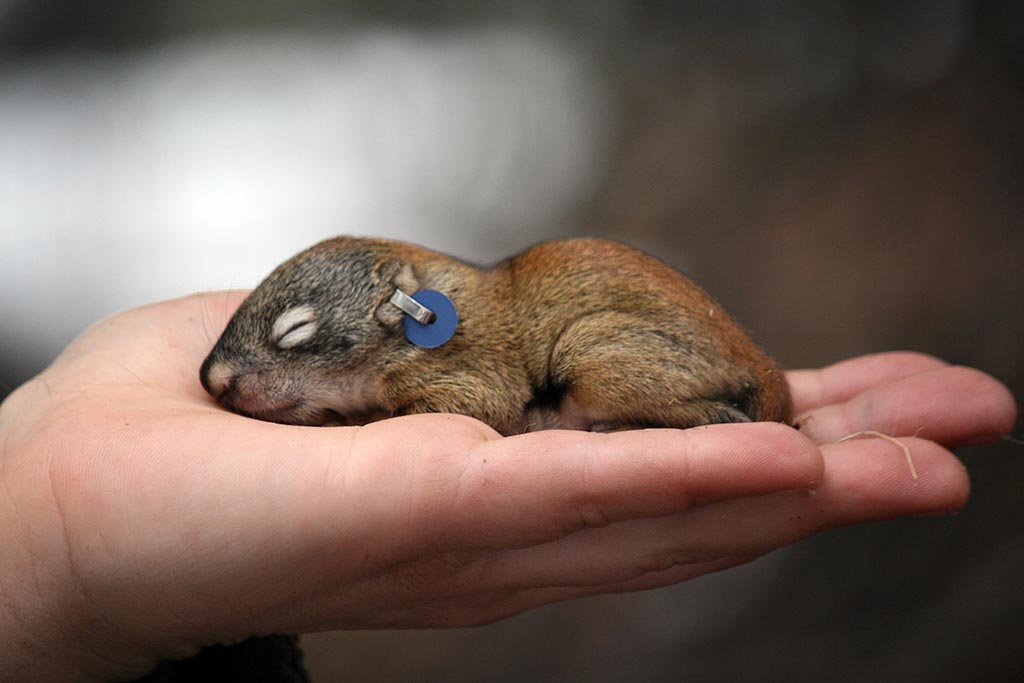
U of S Images of Research competition winners unveiled
SASKATOON – Research at the University of Saskatchewan (U of S) is a community affair, evidenced this year by the composition of the winners of the fourth annual U of S Images of Research competition. Top prizes were awarded to graduate students, a post-doctoral fellow, faculty and staff from a field of 86 entries across five colleges, three schools, and two research centres.
“The competition showcases outstanding images of research directly from the people who have the best access to, the deepest understanding of, and the greatest passion for their work,” said U of S President Peter Stoicheff. “The contest, which engages dozens of researchers across campus and thousands of online viewers around the world, celebrates the impact of our diverse research in a creative way.”
Organized by the Research Profile and Impact unit, the contest has expanded every year since its inception in 2015 as the first university-wide research images contest in Canada. The competition website received almost 9,300 visits from 75 countries this year, a dramatic increase from the 2017 edition which received visits from 30 countries.
The grand prize this year went to “A Squirrel in the Hand is Worth the Whole World” from biology doctoral student Andrea Wishart, which depicts a critical event in her long-term squirrel monitoring project––“ear tag” day for a North American red squirrel pup. According to Wishart, giving each squirrel a unique tag allows researchers to track key life moments from birth to death.
While her photo is a picture of serenity, Wishart describes the moments immediately preceding the photo as harrowing: “One person keeps their eyes on the nest while the other starts to climb the tree. It is a race that pits human against mother squirrel in a vertical obstacle course race to reach the precious nest contents.”
Other entries included a mixture of traditional photography, electron microscopy and computer-generated imaging. Winners were chosen by 18 judges in five categories, and contest website visitors chose two images as “Viewer’s Choice” prize winners by voting.
The winning entries, which receive cash prizes, will be on public display in the North Concourse of Place Riel from April 16 to April 20 and are viewable online at Images of Research.
Viewer’s Choice – Images:
- Veterinary biomedical sciences doctoral student Nguyen Phuong Khanh Le’s “Cell Party in Asthmatic Lung,” a colourful splash of proteins and cells on a mouse lung, took first place.
- Second place went to “Campo,” a self-portrait of doctoral student in food and bioproduct sciences Zayda Morales digging in a wheat field.
- Top-spot went to “Citizen scientists, global stewardship,” a landscape of the Northwest Territories featuring a group of citizen scientists measuring permafrost, by Steven Mamet, post-doctoral fellow in soil science.
- “Taking a Break,” depicting a mother and two daughters in Belize, by anthropology and archeology professor Jim Waldram was the runner-up.
- “Little Bird in a Big World,” master’s student in biology Katelyn Luff’s depiction of a tiny Sandpiper won the top prize.
- Doctoral student in biomedical engineering Saman Naghieh’s “Let's Create an Artificial Organ with Cells!” was the runner up.
More Than Meets the Eye:
- “The Stones,” a ghostly image of pulp stones within a tooth from dentistry student Lindsay Aspen was the winner.
- Toxicology research scientist Lorne Doig’s “Diatom another day,” a microscopic image of the remnants of ancient plankton, was the runner up.
From the Field:
- “The Great Thaw,” showing scientists trekking across the Columbia icefield by Mark Ferguson, communications specialist for the Global Institute for Water Security, was the winner in this category, and runner-up in the “Best Description” category.
- “African Anthropocene” by doctoral student in medicine Emiliana De Omena Bomfim was the runner-up.
Best Description:
- “Gender Equity in Basic Education: A reality or an illusion” by Zita A. Seshie, PhD candidate in sociology, won the category. Her winning description:
- “My mother could not complete her basic education in the 1960s in Ghana due to scarce family resources and the cultural expectation that a woman's contribution is in the domestic sphere. As the highly educated daughter of an African woman that could not complete the Grade 6 level, I was inspired to focus my doctoral research on Gender Equity and Education Policy in Ghana. In spite of Ghana's Free Compulsory Universal Basic Education policy, girls continue to have lower completion rates compared to boys. I took this picture during my fieldwork because it is a reminder that we must continue to explore why girls have lower educational attainment globally.”
-30-
For more information, contact:
Jennifer Thoma
Media Relations Specialist
University of Saskatchewan
306-966-1851
jennifer.thoma@usask.ca

